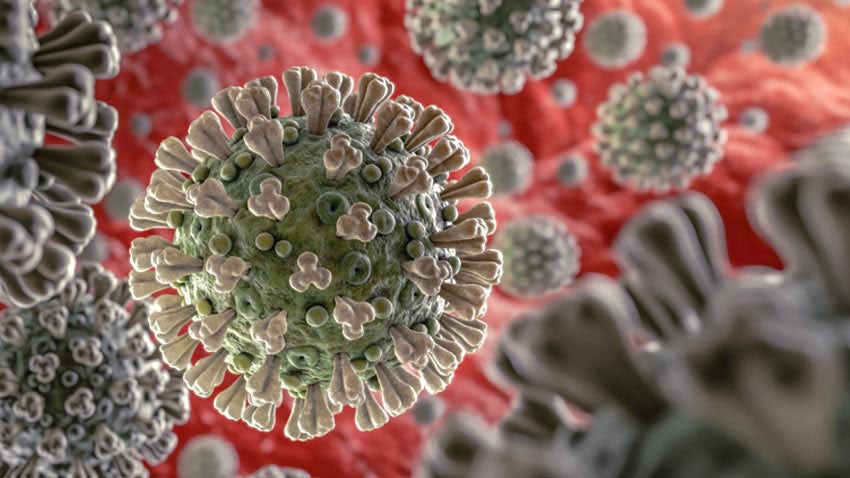Sadly, this is probably closer to truth than it should be.
Most Americans (in general and in my opinion) tend towards instant gratification and more towards surface knowledge rather than deep understanding. Personally, I think the messaging from leadership from the beginning was flawed to enable really long term controls. When people didn't see 100's of thousands of people dying all around them, they started to ask why are they going through this? Never mind the *reasons* for those deaths not occurring. I believe Gov Cuomo said a few weeks ago that they made mistakes paying so much attention to the models at the time, for example.
Hopefully the people in charge have access to more data that I do and are making better and more informed decisions. But regardless, we are where we are today.
The most important data points are the active hospitalizations for COVID-19, active ICU beds occupied by COVID-19 patients, available hospital beds and available ICU beds. The entire goal of "mitigation" as announced by Dr. Fauci at the beginning of the "15 days to slow the spread" was to flatten the curve and avoid overwhelming the health care system.
There was no suggestion from him or other health care experts that flattening the curve would lead to less cases or less deaths over the course of the pandemic. All of the graphics shown were to flatten the peak and spread the infections out to keep everything below the threshold where the health care system couldn't handle the patient load.
Since the data from every country clearly shows what demographics are at the highest risk of dying if they become infected, a secondary goal is to try and keep the most vulnerable from becoming infected. By far, the most vulnerable, are residents of nursing homes. In Florida, if the virus had been kept out of nursing homes completely there would literally be half the deaths in the state from COVID-19. After nursing home residents it is essentially the older you are, the higher the risk.
In the 45-54 age group, the mortality rate of documented cases is 0.9%, 35-44 is 0.44%, 25-35 is 0.15%. 24 and under there has been 1 fatality which makes the rate essentially 0%. Depending on the number of asymptomatic or otherwise undocumented cases, these rates will all go down somewhat.
Based on the antibody testing, the 35-64 age group is showing a little over 4% have antibodies. It is higher for the younger age groups. For a rough estimate, if we use 4% on the population of Florida, that would mean there have really been 859,000 infections vs. 65,779 Florida residents with documented cases. If the antibody testing is truly representative and the false positive rate is relatively low, that means all the mortality rates can be divided by 13. Even if you cut that in half, it would make the 45-54 age group rate 0.14%.
The point being that anybody under 55 is at a very low risk of dying if they get infected and the older you are past that rate it starts to get to a pretty high risk when compared to other respiratory viruses. The older you are and the more underlying health conditions you have, the more precautions you should take not to get infected.
The bottom line is that as long as the hospitals have capacity, there is no reason to back off on the reopening plans. There is more than enough information about who is at more risk for people to make personal decisions on what precautions they want to take. Especially since the Phase 1 and Phase 2 plans have a lot of social distancing and other protective measures in place.
For instance, my mom who is in her mid 70s and has CLL (which makes here immunocompromised) is staying at home except for necessary doctors appointments and I (or other family members from outside of the household) only visit with her outdoors and from 10 feet or more away. She will continue to take those precautions until the outbreak ends either through a vaccine or some other means. However, as long as the hospital capacity can handle a potential spike, there is no reason that I can't go to a restaurant, movie or WDW.
If they were going to come up with some kind of infection rate metric when they released the phased reopening plan, it should have been based on weekly, random sample studies that included a consistent percentage of people with COVID like symptoms. The positive rate of the testing is very variable because a lot depends on the characteristics of the population being tested.
They could make the positive percentage look good by doing 100,000 tests per day in Florida and offering $20 to anybody that stops by for a test. The more asymptomatic people that get tested, the closer to the actual active disease prevalence the positive rate will be. Unless you work or live where you will come into close, prolonged contact with high risk people I have no idea why you would get tested for the heck of it. The antibody test I understand but the diagnostic test makes no sense to me. Especially since, at least at the site that my business partner went to for the heck of it, they are still doing the swab through the nose to the back of the throat. No thanks!



